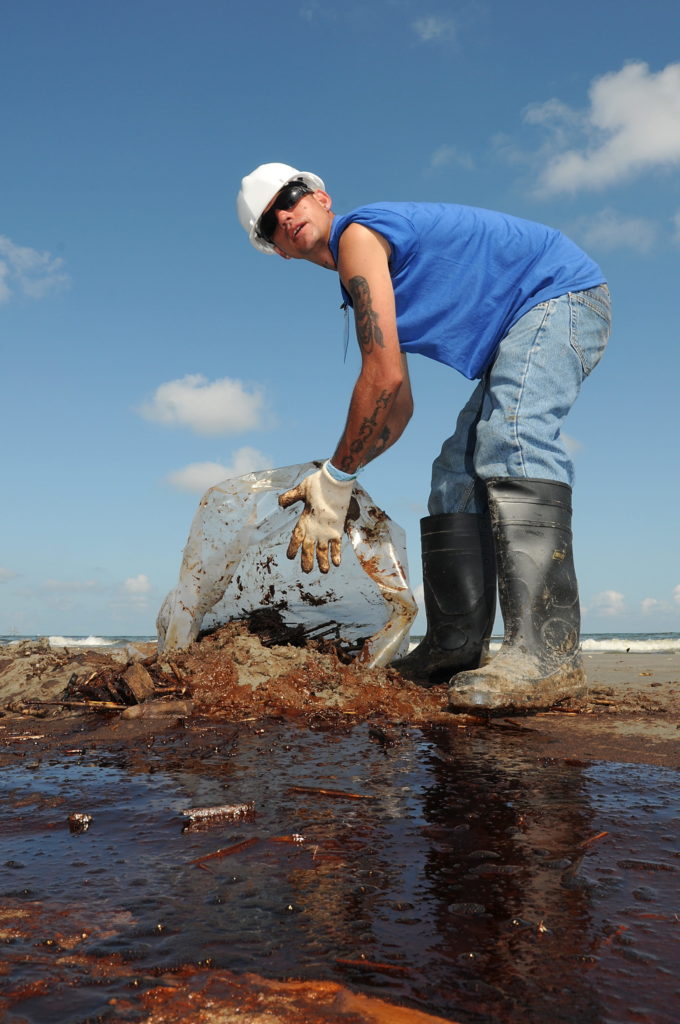
Sylvia Earle, the renowned marine biologist and oceanographer, once called oceans “the real world bank.†She cautioned that people were making many more withdrawals than deposits. On June 10, National Geographic and several more prominent science and conservation organizations convened EarthX Ocean to elaborate on that point. During the two-day virtual conference experts from around the world described the urgent and deteriorating conditions of the oceans and spotlighted a number of useful responses.
I was asked to report on two of the sessions on fisheries and plastics and came away with knowledge that in the Garden of Embryonic Hope, bright patches of promising solutions and the people tending their development are blossoming.
Some background: A number of years ago, while absorbed in reporting projects around the world I kept tripping over people and their ideas, some at scale, that opened paths for renewing the Earth’s natural systems. Others heralded an approaching era this century that offered economically rational and environmentally reasoned products and practices that enhanced the capacity of people and the Earth to thrive. These ideas and products and inventions and practices were blossoming in what I called the Garden of Embryonic Hope. By that I meant that in most cases the paths of promise had not attained mainstream acceptance and use, but they were on their way.
In agriculture, App Harvest, a startup food company, was building the country’s largest greenhouse Kentucky to produce vegetables without pesticides, soil erosion, and with efficient water-conserving practices. In Kansas, The Land Institute had developed food grains that were perennial, meaning they grew year after year without plowing and planting and prevented erosion, and the need for pesticides and fertilizer. The Land Institute’s scientists have essentially developed crops that mimic the biology and ecology and growing patterns of the durable Kansas prairie.
I’ve reported on the development of neighborhood parks in South Africa, a magnificent urban waterway in China, and a saner application of nuclear power in much smaller and safer reactors.
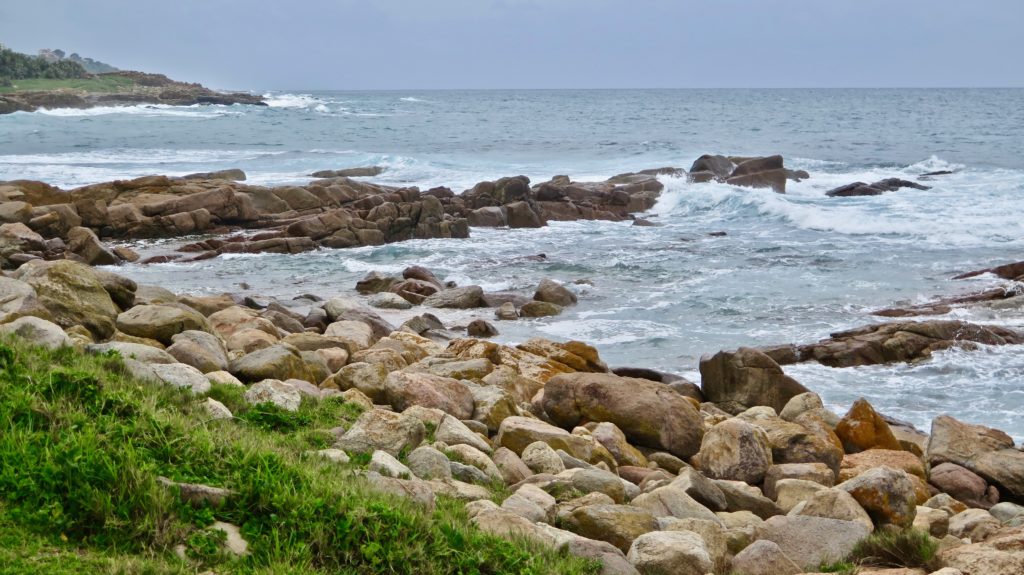
The EarthX Ocean conference presented the massive confrontations and the terrific intelligence of how to respond that encompass the work of every environmental journalist. Like too many other dire challenges to Earth’s natural systems, plastic pollution and depleted fisheries are visible, immense, and defy ready solutions. But they are coming.
Here’s what I learned about plastic garbage in the ocean. Nearly 400 million metric tons of plastic are manufactured annually, according to various market analyses. As much as 13 million tons of plastic ends up in oceans, causing an estimated $13 billion in economic damage to global marine ecosystems, according to the UN Environment Program. Unless the world changes its practices and embraces new technology, quickly, the volume and weight of plastics in the ocean in 2050 could be greater than all the fish in the seas, the World Economic Forum reported in 2016.
Moderated by Emma Carrasco, the National Geographic Society’s senior vice president of global engagement, moderated the panel, which featured a striking exploration of new research by France’s Tara Ocean Foundation on the pervasive presence of micron-size plastic particles in oceans. Not only are the particles polluting the water column, they also are eaten by fish and aquatic mammals that can’t distinguish them from plankton. The consequence is that microplastic is now the latest recognized hazard to marine ecology and to human health.
Romain Troublé, a biologist and the foundation’s executive director, explained that a year ago he and colleagues launched a seagoing mission to trace the origin of microplastics in the ocean. They sailed coastal Europe, from Finland to England to Italy, sampling the waters of the continent’s 10 major rivers, among them the Thames. The crew found the tiny plastic shards in virtually all of their samples.
Based on findings in the river upstream of London, the scientific mission concluded that 60 percent of plastic that reaches the river are micro-plastic. “When you see the pollution in the rivers, so small, upstream of big cities, you realize the solution lies on land,†said Troublé. “This pollution is really in our backyards.â€
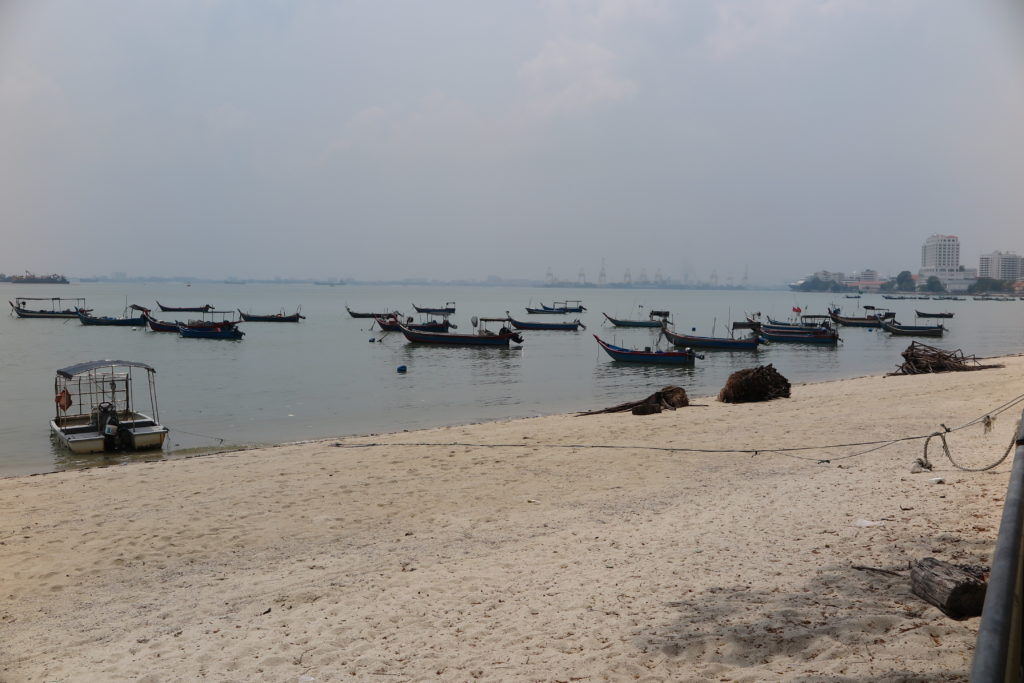
Halting the tide of microplastics is an immense challenge in its infancy. Joao Sousa, marine project manager of the IUCN’s Global Marine Plastic Initiative, described Plastic Waste-Free Islands. In partnerships with governments and public interest groups, IUCN manages demonstration projects on three Pacific islands and three more in the Caribbean. The goal is to understand the sources and volume of plastic and identify critical points to stop what Sousa called “leakage.â€
Mark Herrema, the chief executive of Newlight Technologies, explored how his California-based company spent 17 years developing and scaling up production of a biodegradable natural polymer called PHA. Produced by every living thing, PHA can be molded and shaped with the durability of plastic. But the company’s trademark PHA product, called AirCarbon, is produced by feeding bacteria greenhouse gases — oxygen, carbon dioxide, and methane. The result is that AirCarbon, like a banana peel or a fallen tree, decomposes in the presence of sun and water.
The company has recruited several prominent customers, among them Dell Technologies, which wrap its computers in AirCarbon bags. “One of our major missions is to end the flow of synthetic material into the ocean,†said Herrema.
Mary Crowley, executive director of Oceans Voyages Institute, described how her group has taken direct action to solve ocean plastic pollution. She dispatched a vessel last year to haul 42 tons of floating plastic garbage out of the north Pacific. A second mission launched in May and a third is planned for July. The goal this year:  100 tons. “This is a problem we can solve,†she said.
Melati Wijsen, the 19-year-old co-founder of Bye Bye Plastics, explored six years of organizing, collaboration, and persistence that last year prompted Bali, Indonesia to ban plastic bags and straws, and styrofoam. A Bali native, she was raised in an ecological paradise. But as plastic debris accumulated, she and her sister organized an island-wide campaign. She has now emerged as one of the world’s prominent young leaders. “Invite us into the board rooms,†said Wijsen.“You may be surprised. Us kids may be 25 percent of the world’s population. But we are 100 percent of the future.â€
Sustainable Fisheries
Lelei LeLaulu moderated the Sustainable Fisheries panel. The chairman of the Earth Council Alliance, LeLaulu described the broad outlines of current conditions. “Because of non-sustainable practices and downright voracious, vicious illegal fishing,†he said, “we’ve arrived at the point where many species of fish are nearer extinction.â€
Since 1949, when the Convention for the Establishment of an Inter-American Tropical Tuna Commission was ratified, overfishing has been formally recognized as a risk urgent enough to merit regulation and enforcement. Neither has been especially effective. Of the nearly 100 million metric tons of fish caught in the ocean in 2017, according to the U.N. Food and Agriculture Organization, 34 percent were caught with biologically unsustainable practices. In 1974, that metric was 10 percent.
Three panel members – Steven Lutz, John Amos, and Taylor Voorhees – discussed their work to reverse the trend:
- Blue Carbon Initiative, a collaboration between Conservation Internationaland IUCN, focuses on protecting mangrove forests, marshes and seagrass meadows that are the breeding, feeding, and sheltering grounds for producing many of the world’s fish, and for protecting human habitats from storms, tides, and tsunamis. Lutz, the Initiative’s director, explained that mangroves, in particular, are excellent for absorbing and sequestering atmospheric carbon.In one project, Blue Carbon helped fishermen and government agencies in Ecuador develop conservation easements to safeguard mangroves that are habitat for the red crab, a national delicacy so popular that the national government bans its export. The agreement gives producers access to mangrove forests that produce a consistent crab harvest. In return the government gains eyes and ears to protect the forest and the crabs from exploitation.
“Locals get exclusive access to a lucrative product,†said Lutz. “What the world gets is more carbon stored in the mangroves.â€
- Global Fishing Watch, a non-profit environmental surveillance group, is led by John Amos, president of Skytruth. The project identifies fishing vessels that violate over-fishing laws, and reports lawbreakers to authorities. Started in 2014 and based in West Virginia, the project deploys state of the art satellite tracking, big data analysis, and artificial intelligence to detect when and where illegal activity is happening in every ocean around the world, in nearlyreal time.The group applies the same technology to find and report another significant threat to fisheries – oil tanker companies illegally dumping petroleum-saturated bilge waste into the sea. Though outlawed by national statutes and international treaty, the practice is common and often results in patches of congealed oil washing up on the world’s beaches.
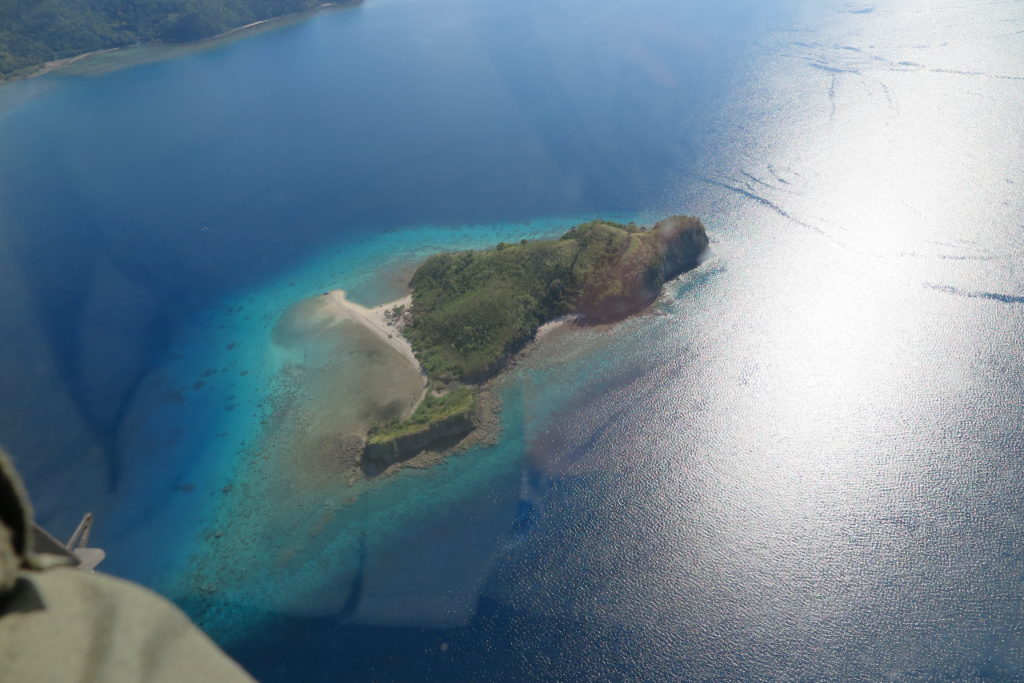
“It’s out-of-sight and out-of-mind activity,†said Amos. “Satellite technology makes it possible to illuminate illegal activity throughout the ocean.â€
- The third panelist, Voorhees, is a scientist and aquaculture specialist with the Monterey Bay Aquarium in California. He noted that with global production closing in on 160 million metric tons annually, from under 20 million tons in 1990, aquaculture is the “fastest growing food production sector in world.†He acknowledged that when large-scale aquaculture emerged in the 1980s, it produced an ecological mess. Damage to mangrove forests, which were uprooted to make space for shrimp farms, was particularly intense. Those practices are being replaced by ecologically and economically sustainable methods of shrimp farming. He organizes partnerships and helps teach farmers in Southeast Asia’s Mekong Delta, a region of 20,000 shrimp farms, mostly small. His work on environmentally safer production practices also yields more profit for producers.
“Sustainable aquaculture is not about the shrimp,†said Voorhees. “It’s about the shrimp farmer. Sustainability is not just about the environment. It’s about maximizing the positive contributions that aquaculture, and seafood more broadly, has on economies, food security, and human nutrition.â€
— Keith Schneider
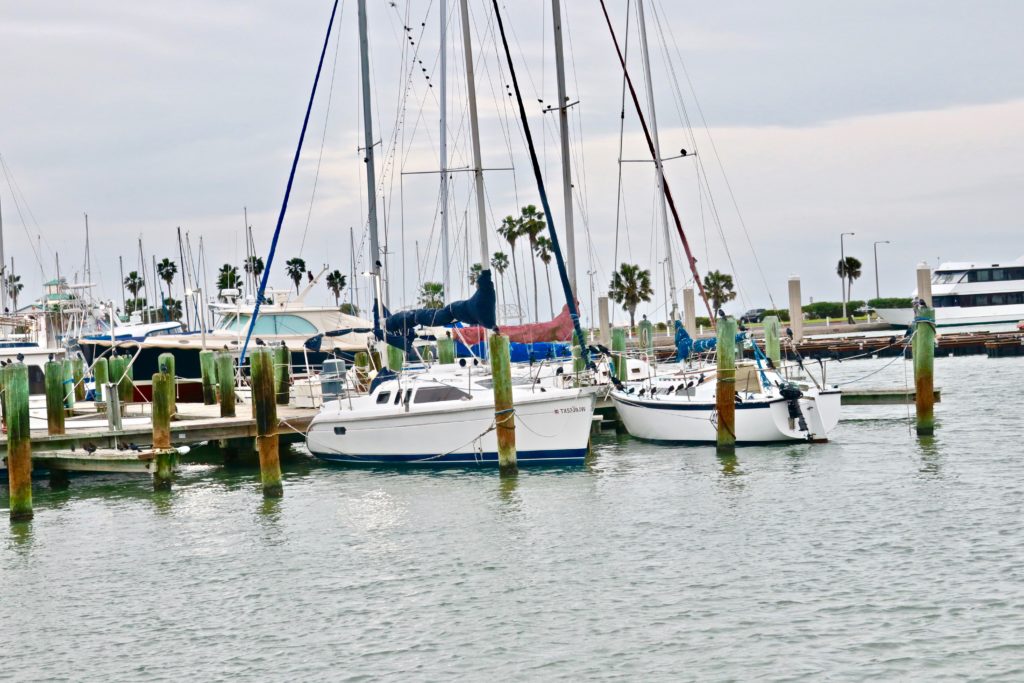
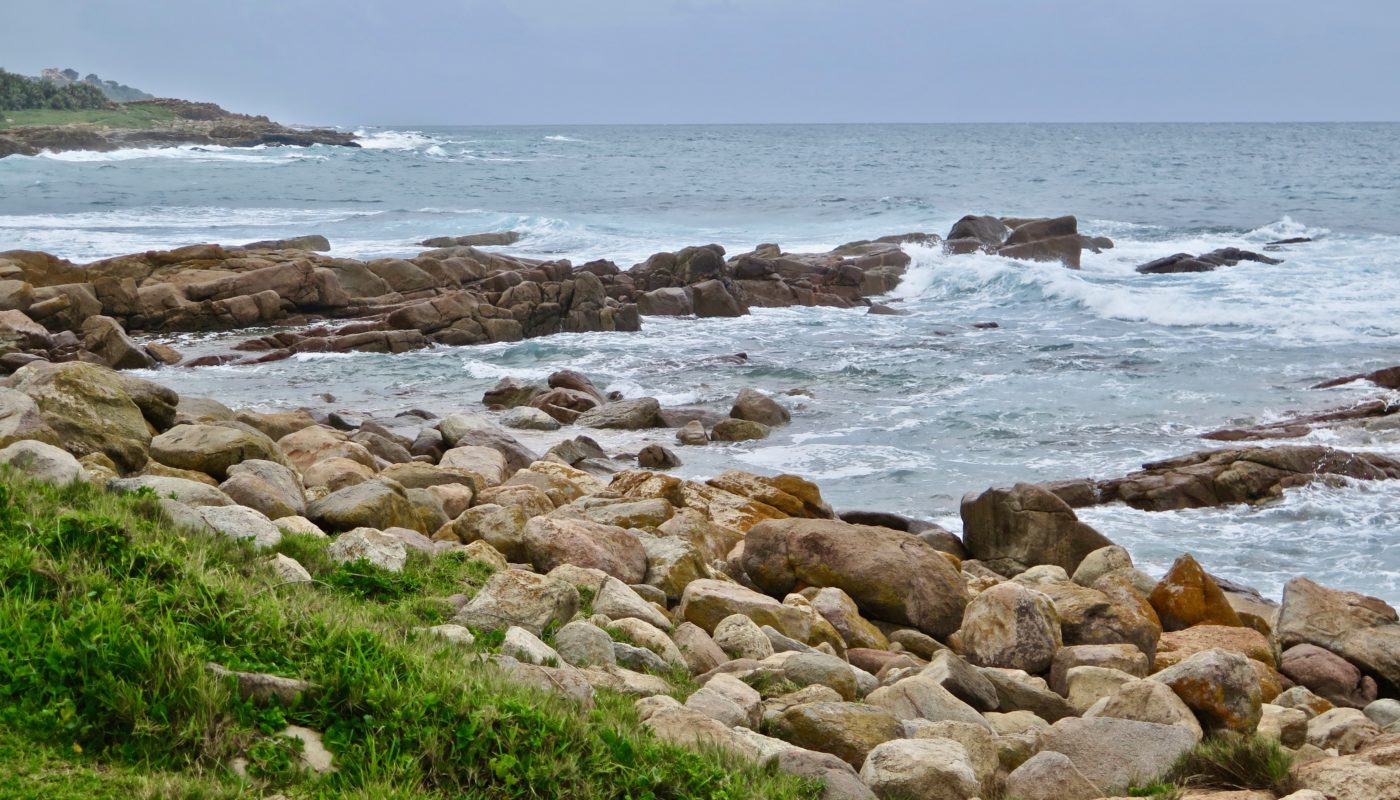
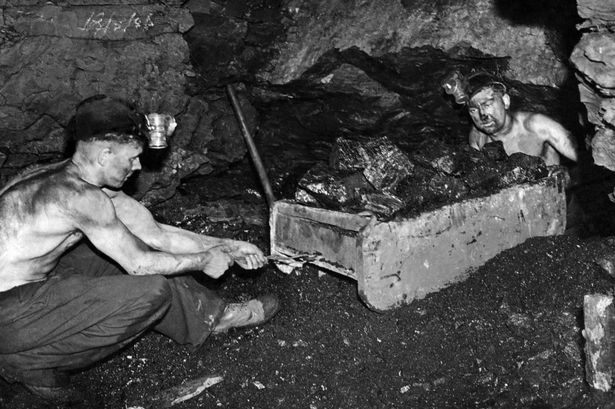

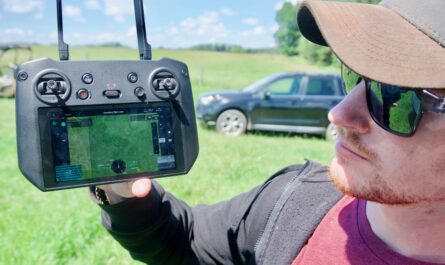
I was wondering if a storybook for children (and a sequel for elementary school kids, and teens) on all of this would be good. The republicans like to start at the grass root level. Let’s take it a step further.